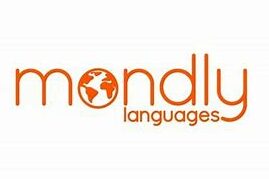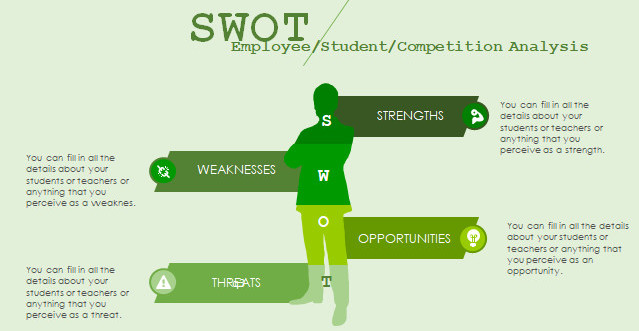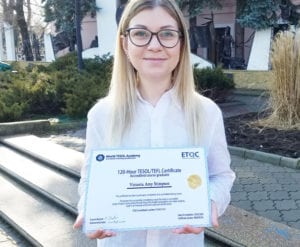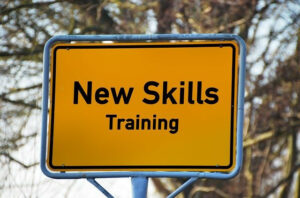It is important to know what is happening in Vietnam in regards to school and border closures. Would it be better to stay home and teach in on line schools and colleges or is there some way to get ahead during this crisis?.
An overview of the corona virus in Vietnam.
The first case of COVID-19 in Viet Nam was detected on 24 January 2020. There have been 3489 confirmed cases with 35 deaths.
The fourth wave of corona virus infections broke out in Vietnam on April 27th after about a month of no transmissions. The Deputy Health minister Do Xuan Tuan has said that the covid 19 pandemic is under control. ( As reported by Tuoitrenews)
As of may12th there were 82 new cases in the last 24 hours. If you have had any contact with others carrying COVID you can be expected to be tested and placed in quarantine for 21 days.
Ho Chi Minh City has barred gatherings of over 30 people and have shut down gyms, buffet restaurants, karaoke bars and massage parlours.It is also mandatory to wear masks in public and at any other social events participants must keep a distance of 1 meter apart. Fines are being handed out to those not complying.
Temporary closure of tourism sites
Within the country, Vietnamese health officials have temporarily isolated several locations that are deemed high-risk, or those that have been recently visited by travellers with confirmed cases of the virus. Tourism sites across the country are also setting aside closure days to disinfect their premises. From April 23, tourism attractions in the country are allowed to reopen but must ensure safety measures are in place for all visitors.
School closures
Universities and schools were shut down on May 4th due to the COVID 19 outbreaks and while some schools had intended to re-open on May10th, they have extended the closures and are doing on-line learning. So there are still no schools open and no date quoted as to when classes will start up again. The schools are also going into test season, so I feel there is no urgency to get the students back into the classroom.
Border closures
If you can get into Vietnam the lockdown or quarantine period has gone from 14 days to 21 days.
Only Vietnamese nationals, foreigners on diplomatic or official business, and highly skilled workers are allowed to enter the country at this time. From Feb. 1, 2021 until further notice, anyone entering Vietnam must undergo medical checks and 21-day quarantine upon arrival.
Vietnam closed its borders and cancelled all commercial flights from March 22nd last year.and has since only allowed Vietnamese repatriates and foreign experts and highly skilled workers ( along with their families) to enter Vietnam.
All foreigners who entered Vietnam after March 1 on visa exemptions, e-visas or tourism visas will be given automatic stay extensions at no charge until April 30, 2021. Travellers still in the country must declare their temporary residence to local police, through their landlords or hotels, and must complete Vietnam’s online health declaration.
Visitors who entered the country before March 1 may be considered for the extension, provided they can show an official letter from their embassy or consulate stating they were unable to leave the country due to objective reasons (letter must also be translated to Vietnamese). Foreigners who have undergone quarantine or treatment for COVID-19 in Vietnam are also eligible for the extension and should bring their certification documents to immigrations when leaving Vietnam.
Tourism experts are proposing to welcome vaccinated foreign passport holders starting from July. This is only in discussion at this stage and no legislation or plan has been put in place. There has been a 79% decline in tourists over the last year and in conjunction with that it has become increasingly difficult to find good nativ eEnglish speaking teachers.
ESL teachers needed.
So at this stage, borders are still closed, schools are closed and there are no definite dates for the reopening of either
.So what can you do….a lot. This gives you an excellent chance to get ahead of the pack for when everything is reopened. The first thing you can do is get your TEFL or TESOL or whatever your preferred qualification is. ( Look at my suggestions on this site) Secondly, you can start to join the ESL teacher groups of which there are many. You have groups for each city, groups for market segments. For example there are business English groups, groups for the public schools and groups for private schools and kindergartens. Start applying for positions now and when the floodgates open you will be the first to land that dream teaching position. here are some of the groups available,
Real English Teaching jobs. https://www.facebook.com/groups/real.english.teaching.in.vietnam/
ESL Teaching jobs (China and Vietnam) https://www.facebook.com/groups/eslassoc/
Tutoring Jobs in Vietnam. https://www.facebook.com/groups/649368095857843/
Vietnam English Teaching jobs. https://www.facebook.com/groups/englishteachingjob/
English Teaching jobs with free accommodation. https://www.facebook.com/groups/531609093889853/
Jobs for foreigners in Vietnam. https://www.facebook.com/groups/2764514153653961/
Business English Teachers in H.C.M.C. https://www.facebook.com/groups/125766108132977/
English Teachers in Vietnam. https://www.facebook.com/groups/723545587776475/
Ho Chi Minh City (Saigon) ESL Teaching jobs. https://www.facebook.com/groups/1521862661370506/
FETV ( Foreign English teachers in Vietnam) https://www.facebook.com/groups/272425830058329/
As my site is specifically for Ho Chi Minh City most of these groups deal in this area however you will often find they are looking for teachers in differents cities or provinces.
Conclusion
As I said the borders are closed and school is out ( Thankyou Mr Alice Cooper). But for you , this is your break to get ahead of the rest before everything starts to shift back to being normal. so get your qualifications and start applying for those jobs. There are a lot of schools now preparing for new teachers to fill the ranks. If you need any help finding training, positions, accommodation or airport pickups give me a pre emptive call and we can make life easier for when arrivals start happening again.


















